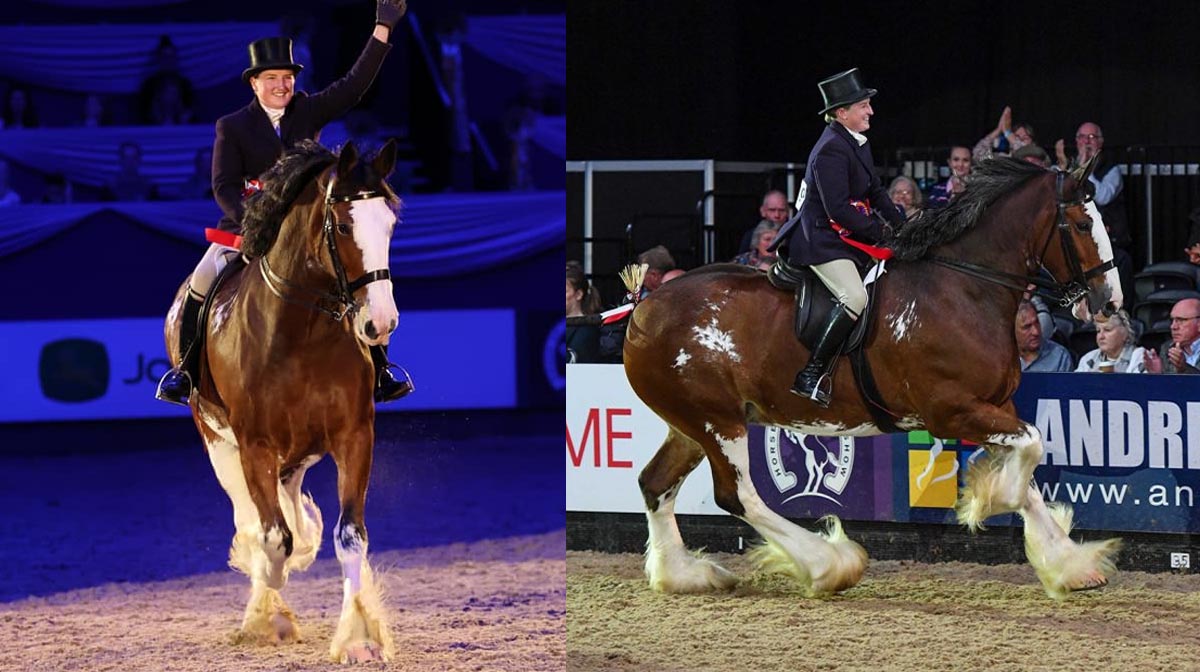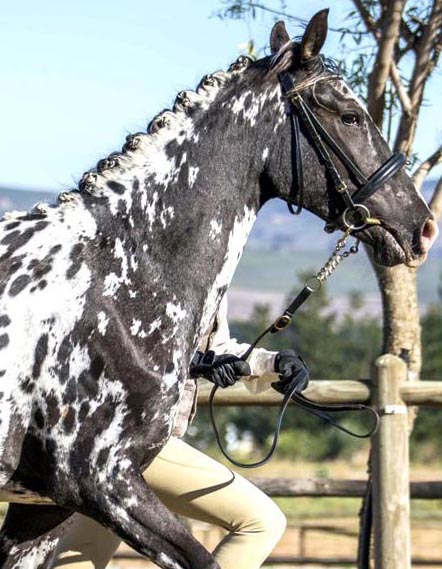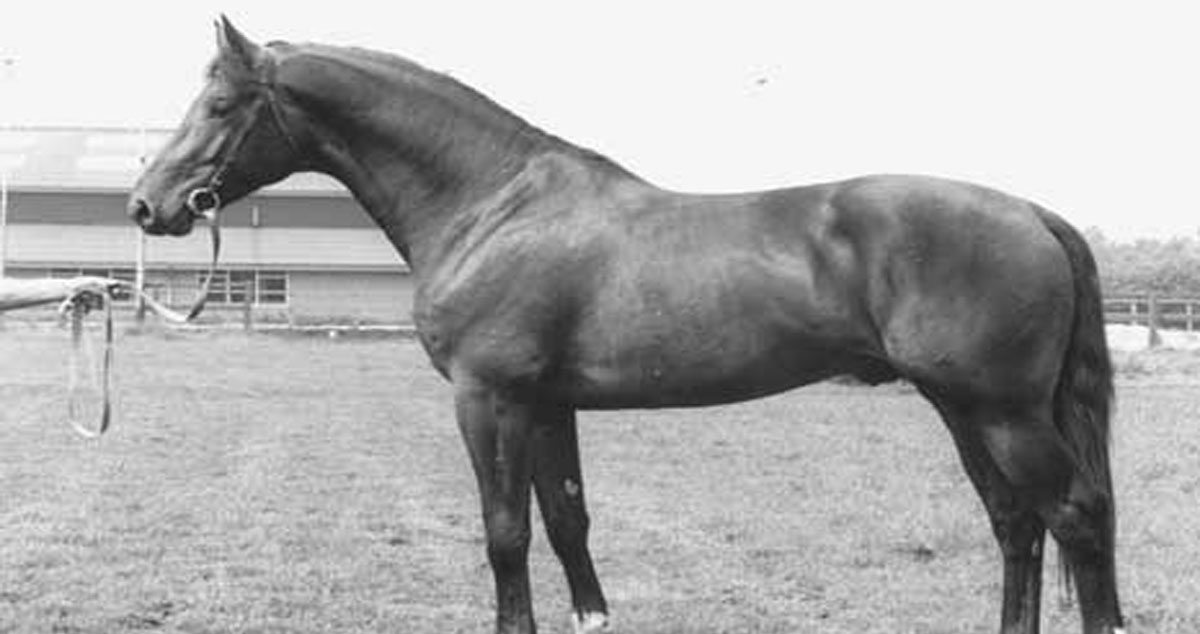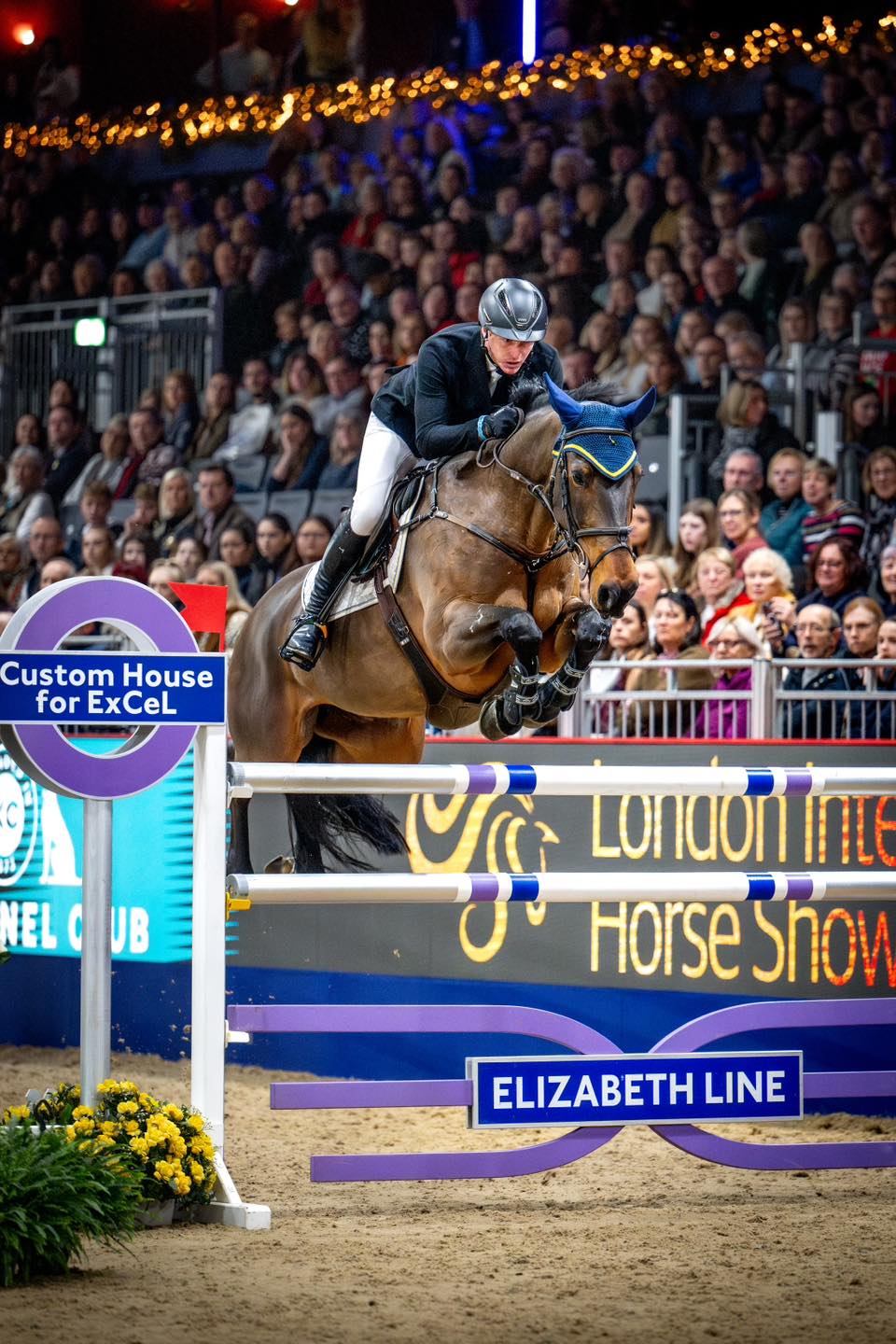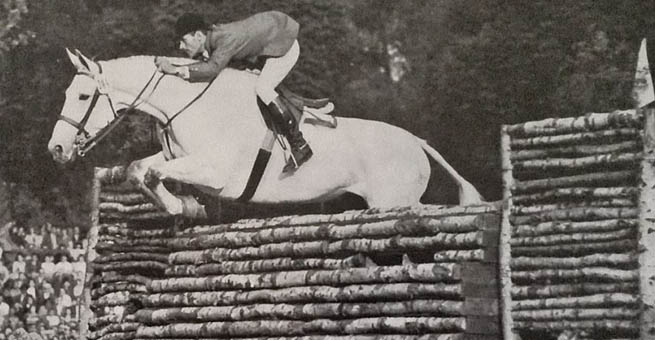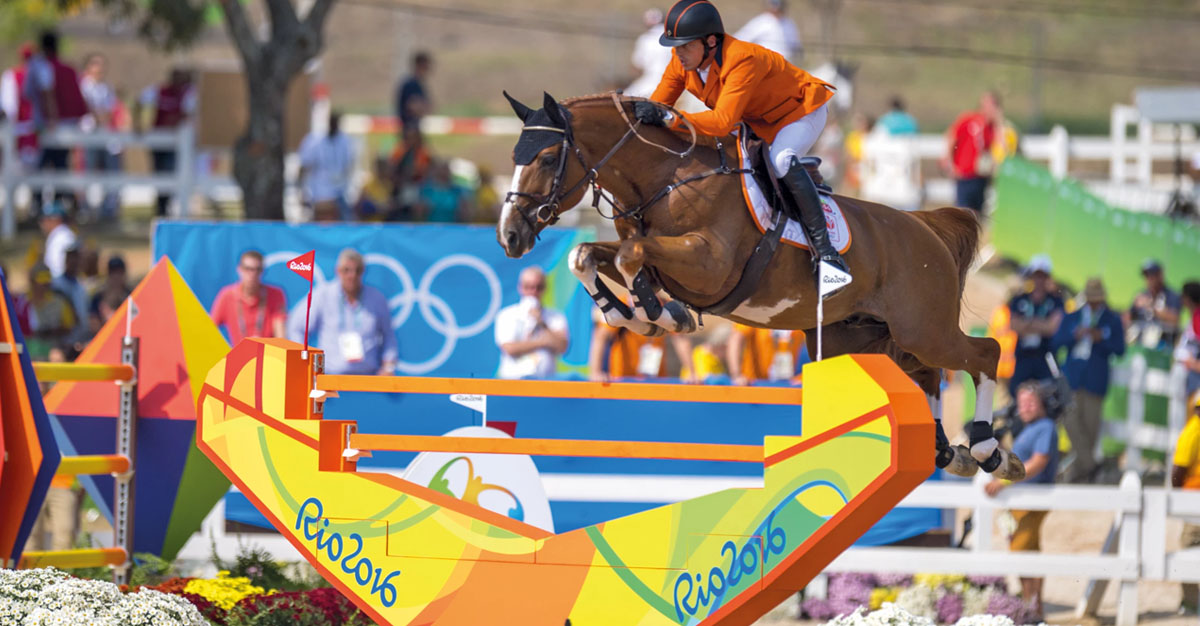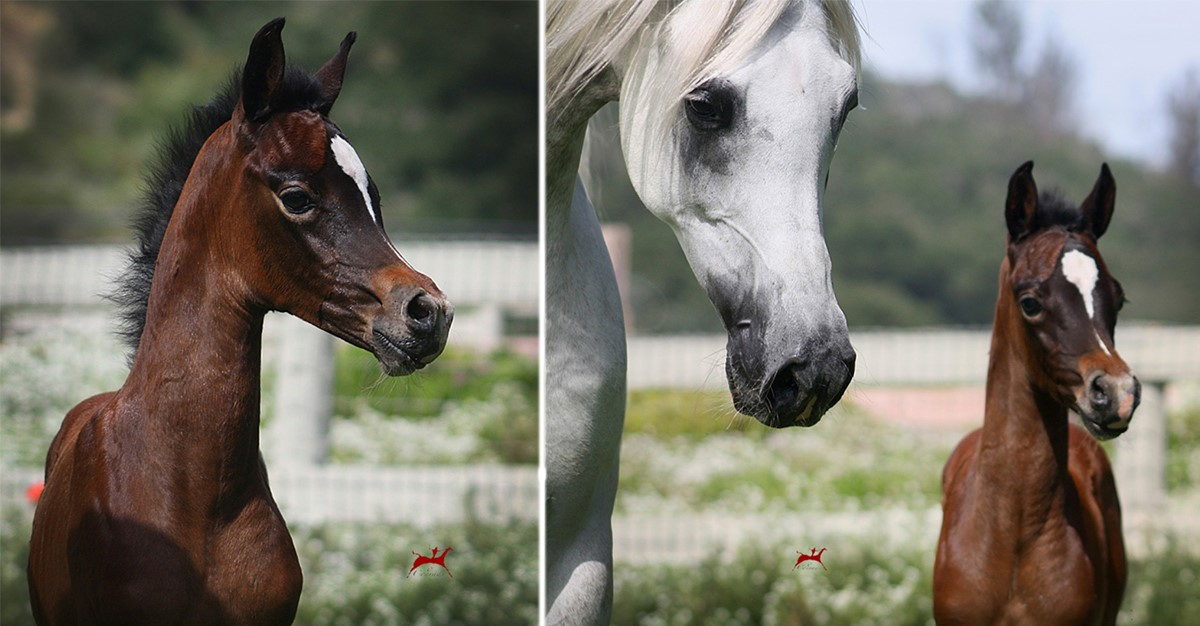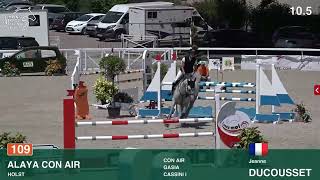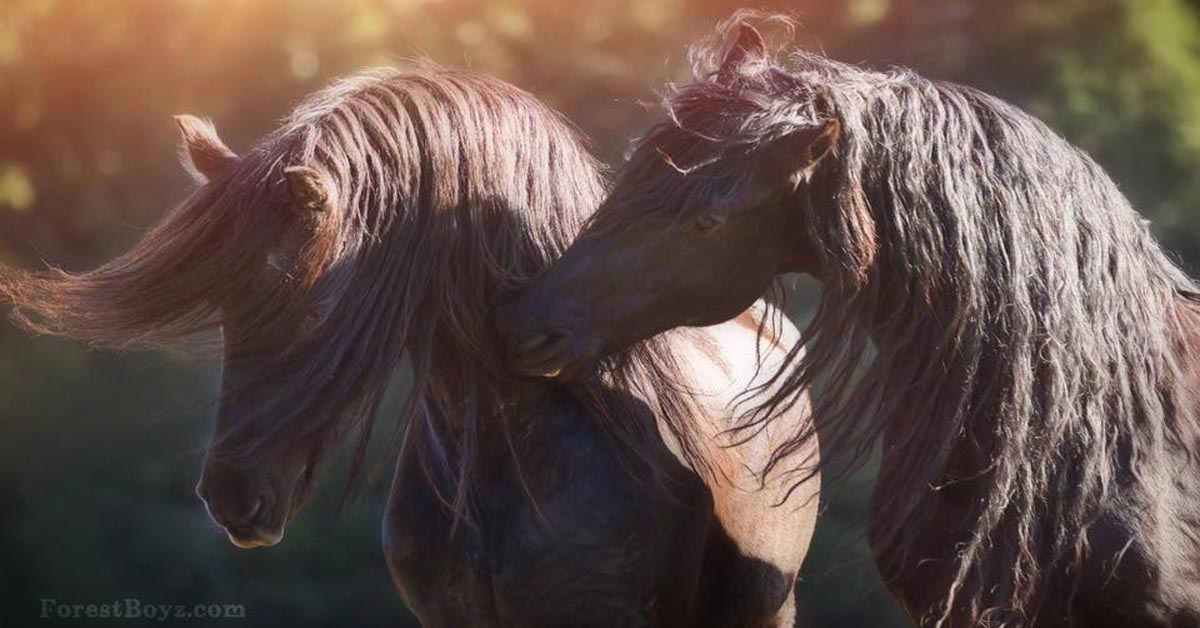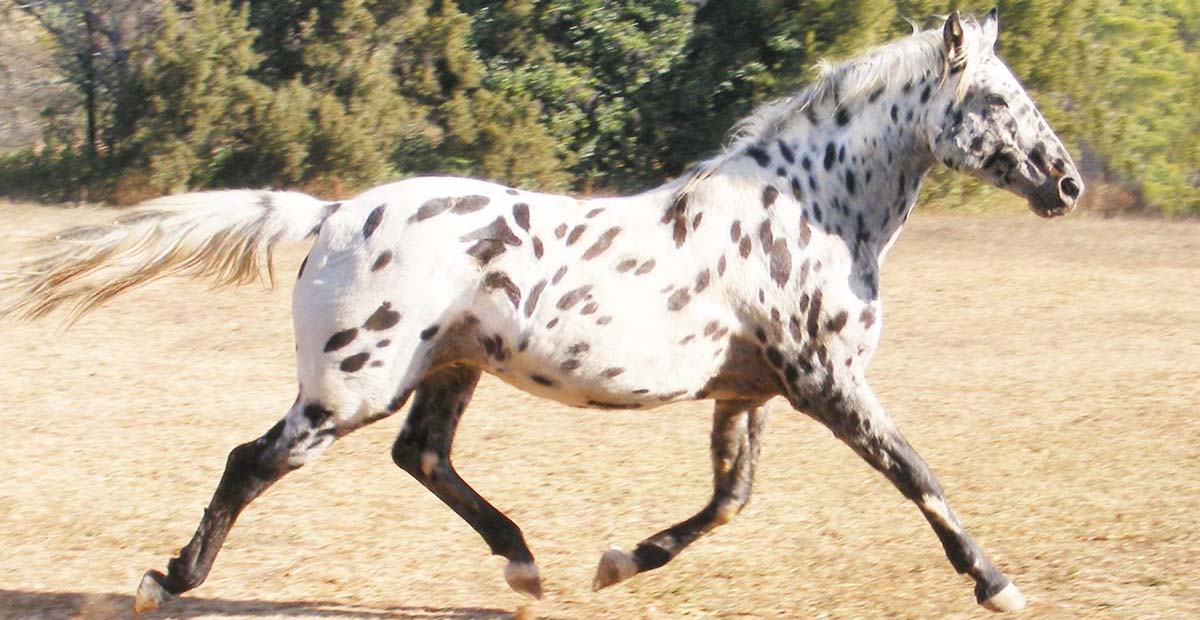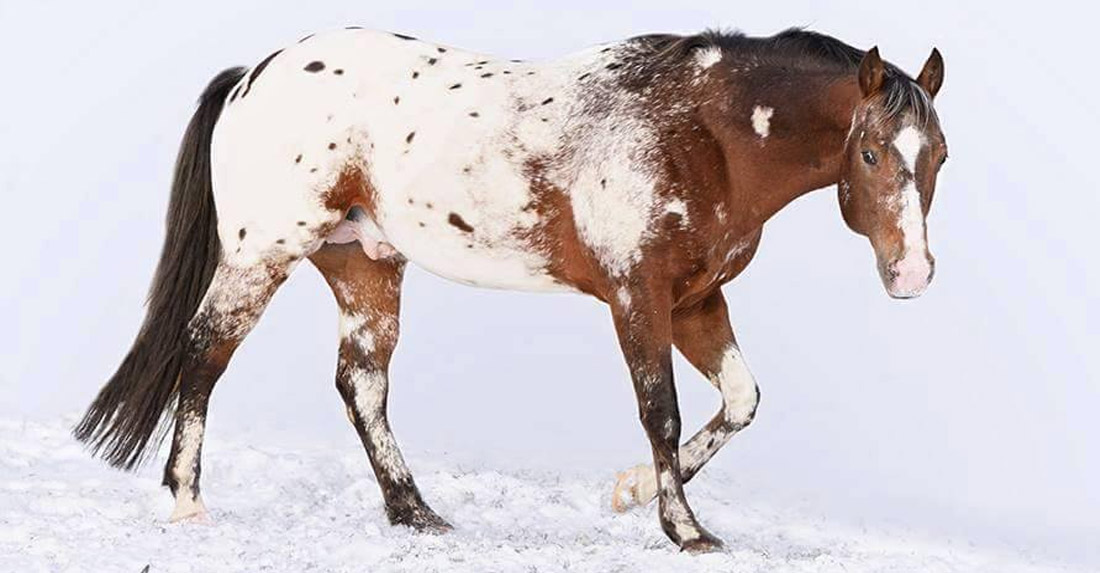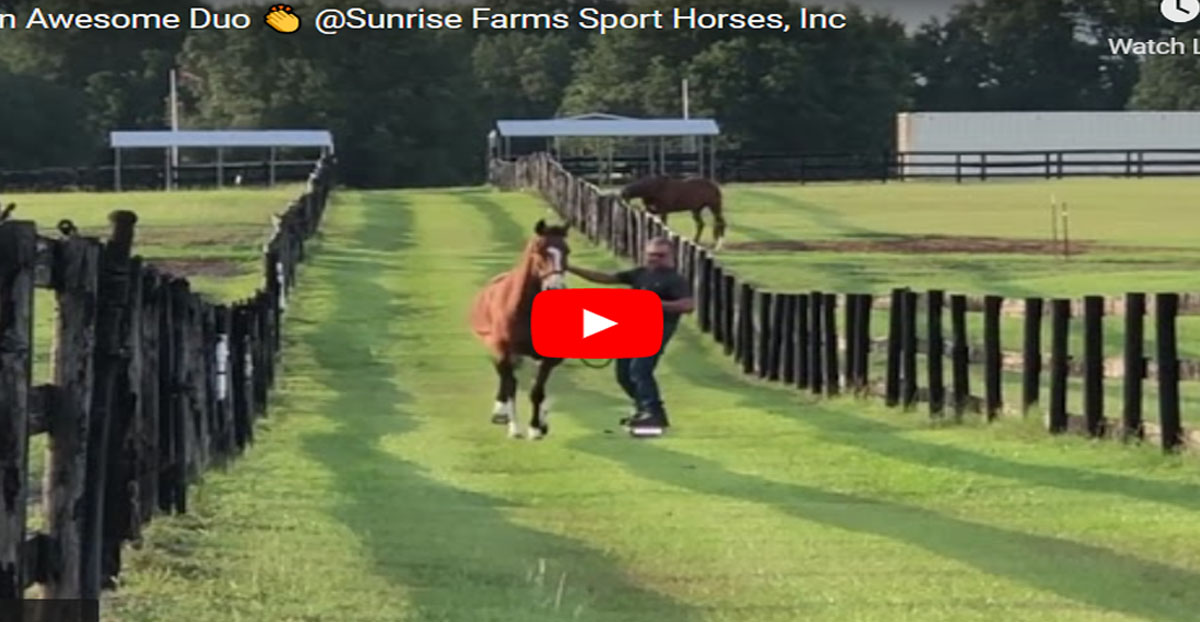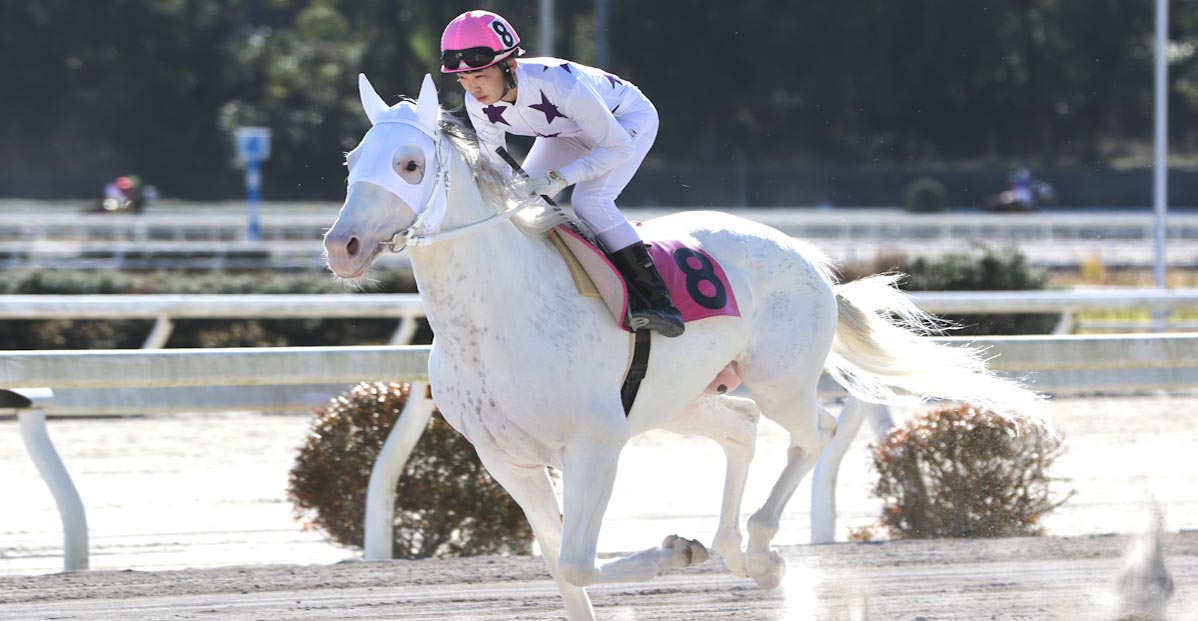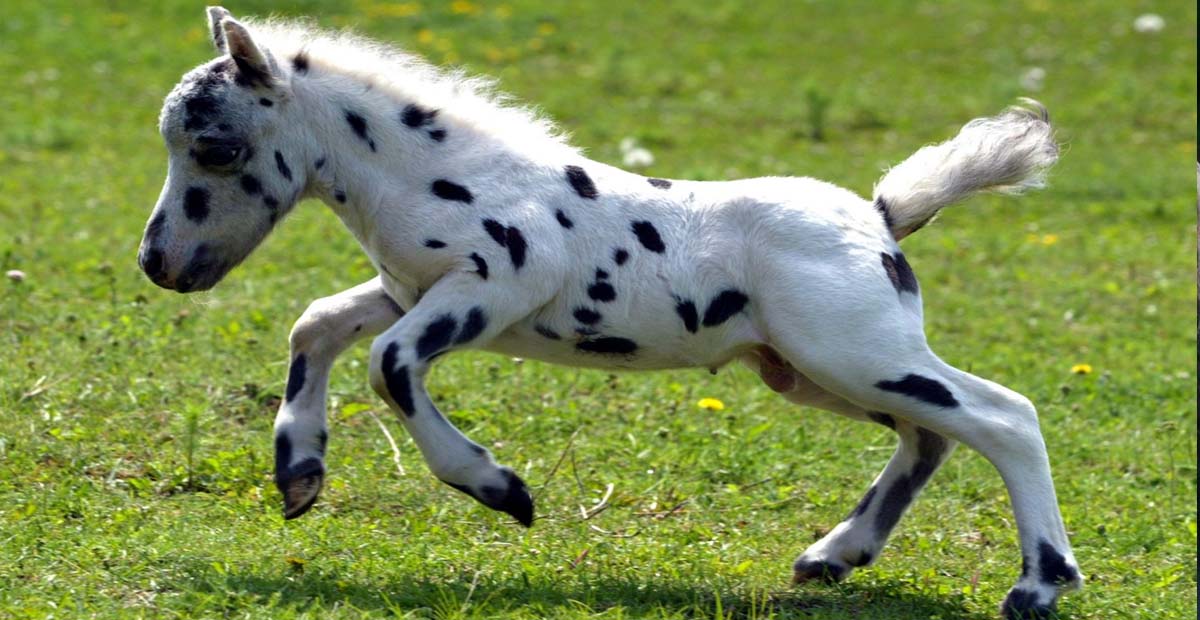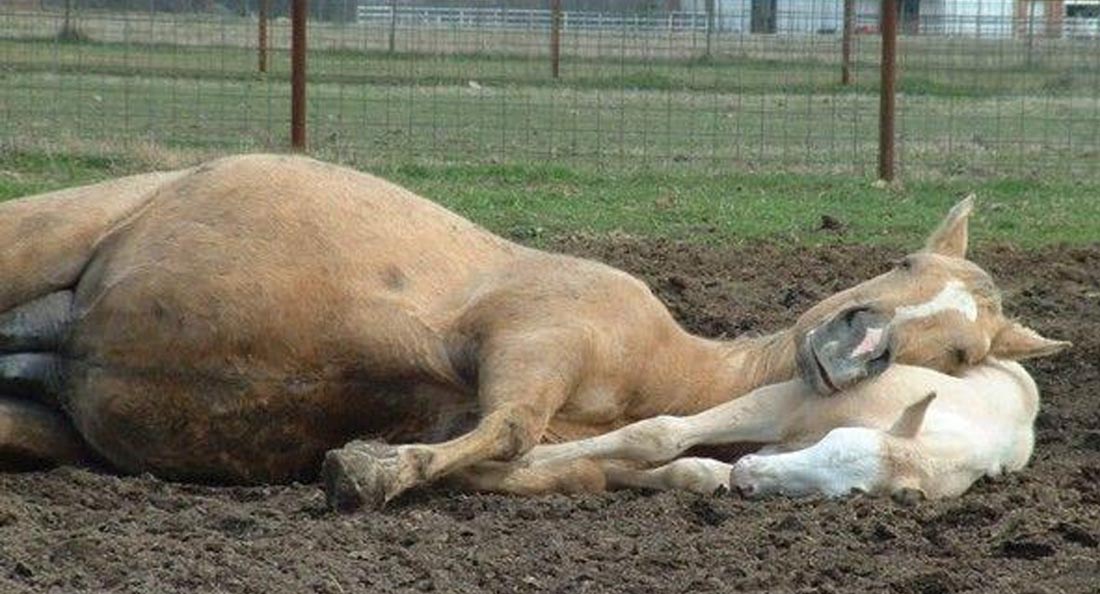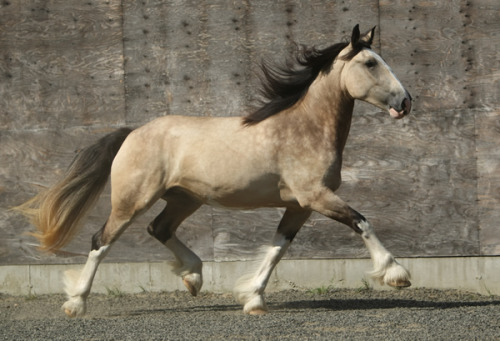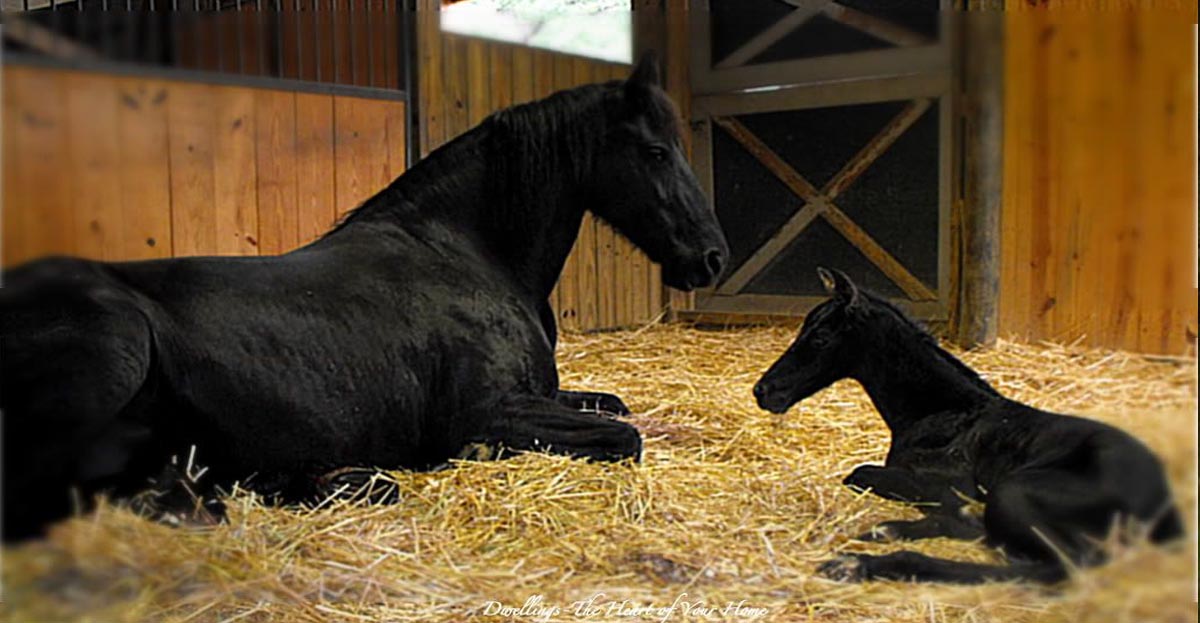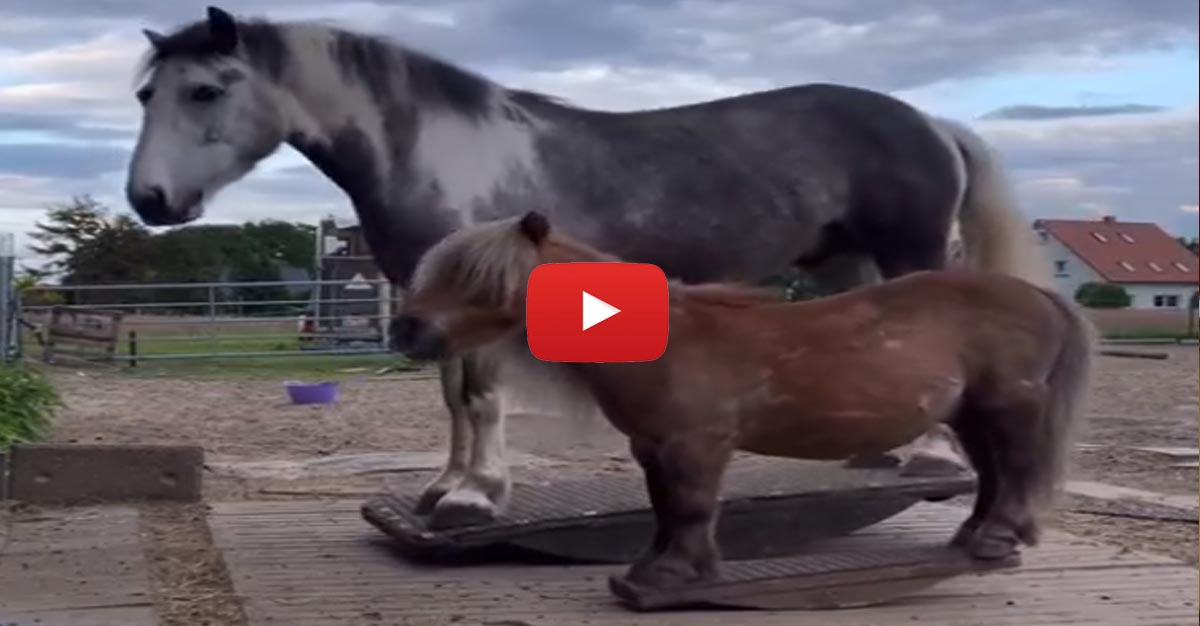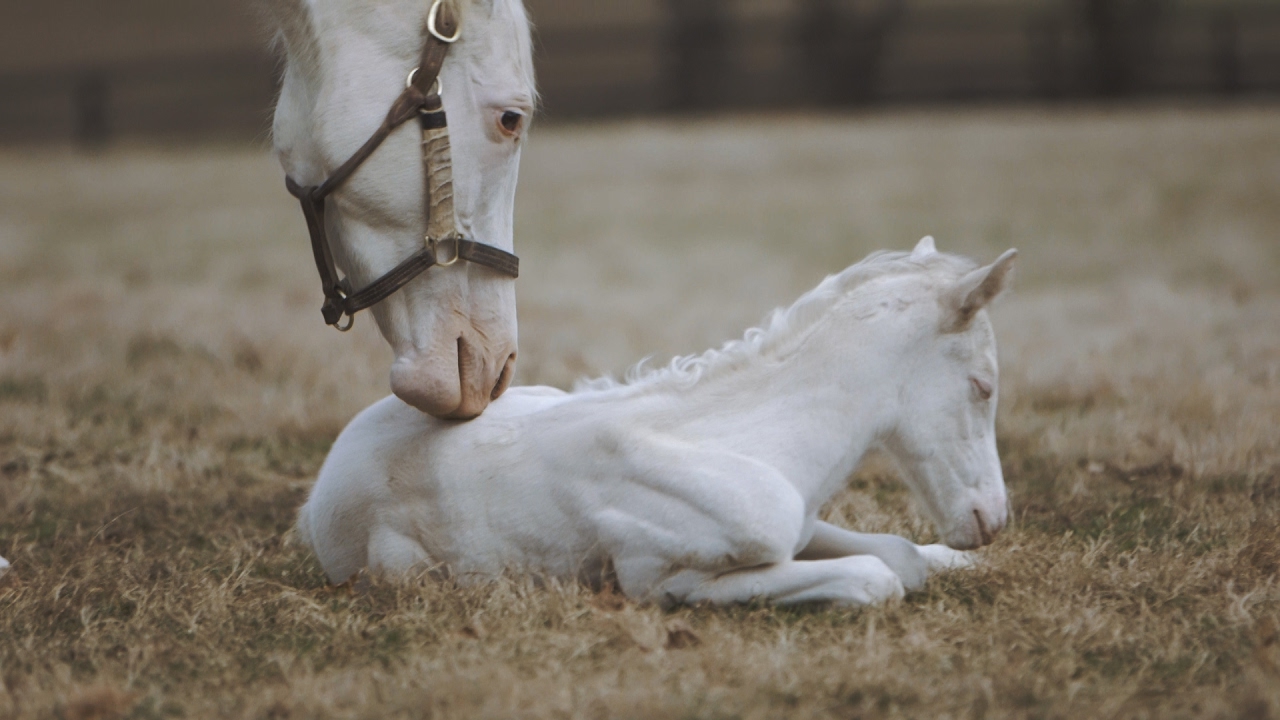Stallion Breeding Examinations
Stallion breeding requires some investigation. Whether you are a stallion owner or thinking of purchasing a stallion, or stud fee, do your research.
Maintaining a strong bloodline in all horse breeds starts with the stud horse. So, the choice to leave a stallion unaltered needs to be seriously and realistically considered.

Obviously, the breeding mares have no small role in this endeavor. However, while the prodigy of one mare is limited per season, one stallion could potentially sire many offspring depending upon demand and availability.
When we think about horse breeding we must acknowledge equine genetics first and foremost. If you are considering breeding to, or standing a stallion, then you must have a clear idea of what traits you want the chosen breeding stallion to possess and hopefully pass on to his foals.
Personally visit, or watch the horse of your interest performing. Learn as much as possible before making a decision. Do you know the strong and weak points of this individual`s equine pedigree?
Most horse breeds have a registry and website containing a wealth of horse identification information including equine pedigrees, horse owners, horse trainers, and career statistics.
The following are excellent examples of horse breed registries:
The American Morgan Horse Association
The American Saddlebred Association
The American Quarter Horse Association
Very few stallions will have a successful career in the breeding shed if they did not have a successful career in the competitive arena of their defining sport or purpose.
However, there have been exceptions to this rule. For instance, some horses have a great potential, athletic and genetic, but due to injury or illness never get the opportunity to compete.
Sometimes a stallion will retain merit just for his horse pedigree. This is especially true if he happens to be a son of a deceased top breeding horse. For these unproven individuals, skilled marketing is a very powerful tool.
In essence, to preserve the highest quality bloodlines, we as horse breeders, need to be diligent in mating horses that meet our criteria of most desirable traits.
Before choosing a breeding stallion, either for standing to the public, or private stallion breeding to your own mares, it is wise to be informed in all areas.
This includes consulting your veterinarian about a pre-purchase exam to ensure sound stallion breeding. Learning your new breeding stallion has poor quality horse semen or leg issues that make it difficult to mount a mare or phantom after you have made the purchase would be devastating.
Keeping a breeding stallion is a bit more involved than keeping mares and geldings.
An understanding of stud horse care and safe stallion handling is imperative and CANNOT be underestimated.
Studs are often large, powerful, animals and should be handled and respected as such. You must provide a safe environment for your breeding stallion as well as the people he will encounter.
Important Considerations
Will your stallion be in training? If not, how will he be exercised?
Has this stallion been a hand breeding horse, or performed natural horse copulation?
Is this stallion trained for horse semen collection and accepting of horse sheath cleaning?
Who will be handling and collecting horse semen from your stallion?
Are you familiar with a Missouri AV or Colorado AV?
It is good practice to gather horse sperm information of your stud horse at the beginning of each breeding season. This will provide the current parameters of the horse`s semen. You must know this to determine factors including horse semen extending, equine semen shipping, or possible storing of equine frozen semen.
Legalities should also be addressed. These will include horse insurance and preparing a horse breeding contract for studs standing to the public.
Additional horse breeding information.
Before investing in a breeding horse, investigate that breeding horse!

Maintaining a strong bloodline in all horse breeds starts with the stud horse. So, the choice to leave a stallion unaltered needs to be seriously and realistically considered.

Obviously, the breeding mares have no small role in this endeavor. However, while the prodigy of one mare is limited per season, one stallion could potentially sire many offspring depending upon demand and availability.
When we think about horse breeding we must acknowledge equine genetics first and foremost. If you are considering breeding to, or standing a stallion, then you must have a clear idea of what traits you want the chosen breeding stallion to possess and hopefully pass on to his foals.
Personally visit, or watch the horse of your interest performing. Learn as much as possible before making a decision. Do you know the strong and weak points of this individual`s equine pedigree?
Most horse breeds have a registry and website containing a wealth of horse identification information including equine pedigrees, horse owners, horse trainers, and career statistics.
The following are excellent examples of horse breed registries:
The American Morgan Horse Association
The American Saddlebred Association
The American Quarter Horse Association
Very few stallions will have a successful career in the breeding shed if they did not have a successful career in the competitive arena of their defining sport or purpose.
However, there have been exceptions to this rule. For instance, some horses have a great potential, athletic and genetic, but due to injury or illness never get the opportunity to compete.
Sometimes a stallion will retain merit just for his horse pedigree. This is especially true if he happens to be a son of a deceased top breeding horse. For these unproven individuals, skilled marketing is a very powerful tool.
In essence, to preserve the highest quality bloodlines, we as horse breeders, need to be diligent in mating horses that meet our criteria of most desirable traits.
Before choosing a breeding stallion, either for standing to the public, or private stallion breeding to your own mares, it is wise to be informed in all areas.
This includes consulting your veterinarian about a pre-purchase exam to ensure sound stallion breeding. Learning your new breeding stallion has poor quality horse semen or leg issues that make it difficult to mount a mare or phantom after you have made the purchase would be devastating.
Keeping a breeding stallion is a bit more involved than keeping mares and geldings.
An understanding of stud horse care and safe stallion handling is imperative and CANNOT be underestimated.
Studs are often large, powerful, animals and should be handled and respected as such. You must provide a safe environment for your breeding stallion as well as the people he will encounter.
Important Considerations
Will your stallion be in training? If not, how will he be exercised?
Has this stallion been a hand breeding horse, or performed natural horse copulation?
Is this stallion trained for horse semen collection and accepting of horse sheath cleaning?
Who will be handling and collecting horse semen from your stallion?
Are you familiar with a Missouri AV or Colorado AV?
It is good practice to gather horse sperm information of your stud horse at the beginning of each breeding season. This will provide the current parameters of the horse`s semen. You must know this to determine factors including horse semen extending, equine semen shipping, or possible storing of equine frozen semen.
Legalities should also be addressed. These will include horse insurance and preparing a horse breeding contract for studs standing to the public.
Additional horse breeding information.
Before investing in a breeding horse, investigate that breeding horse!





